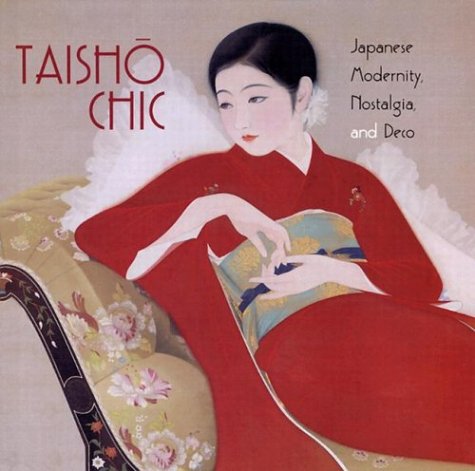The Taisho period, loosely the first three decades of the twentieth century, was a dynamic era in Japan. On one hand, it spawned social liberalism and political radicalism; on the other, it generated the social conservatism and cultural nativism that grew into the ultra-nationalism of 1937-1945. In art, it produced an infatuation with Western modernism as well as a new exploration of traditional aesthetics. Between these dramatic polarities was a rich middle ground of cultural synthesis and symbiosis in which Western concepts of modernity and nostalgia for Japanese tradition seamlessly merged or creatively contrasted. These values are witnessed in the Art Deco style, particularly as it infused Japanese art of Taisho. Much of the debate over Japanese cultural identity centered on the appearance and social role of women. The primary focus in this volume is the nexus of tradition and modernity manifest in popular images of women, as well as in domestic furnishings and fashions made for women. In an introductory essay, historian Sharon Minichiello provides a broad context for these issues by sketching major domestic and international events and themes of the period.
In his essay and catalogue entries, art historian Kendall Brown first examines how women were at the center of the sociocultural debate on Japanese modernity, then details how artists helped fashion various female types, including the modern girl, the traditional beauty, and a new type of hybrid woman. The nihonga paintings, woodblock prints, textiles, and domestic artifacts discussed and illustrated here are a broad range of objects representative of mainstream Taisho visual culture, and reconstruct the styles popular from 1915 to 1935 in a celebration of Taisho- Chic.
- ISBN10 0295982446
- ISBN13 9780295982441
- Publish Date 1 February 2002
- Publish Status Out of Print
- Out of Print 1 July 2021
- Publish Country US
- Imprint University of Washington Press
- Format Hardcover
- Pages 176
- Language English
